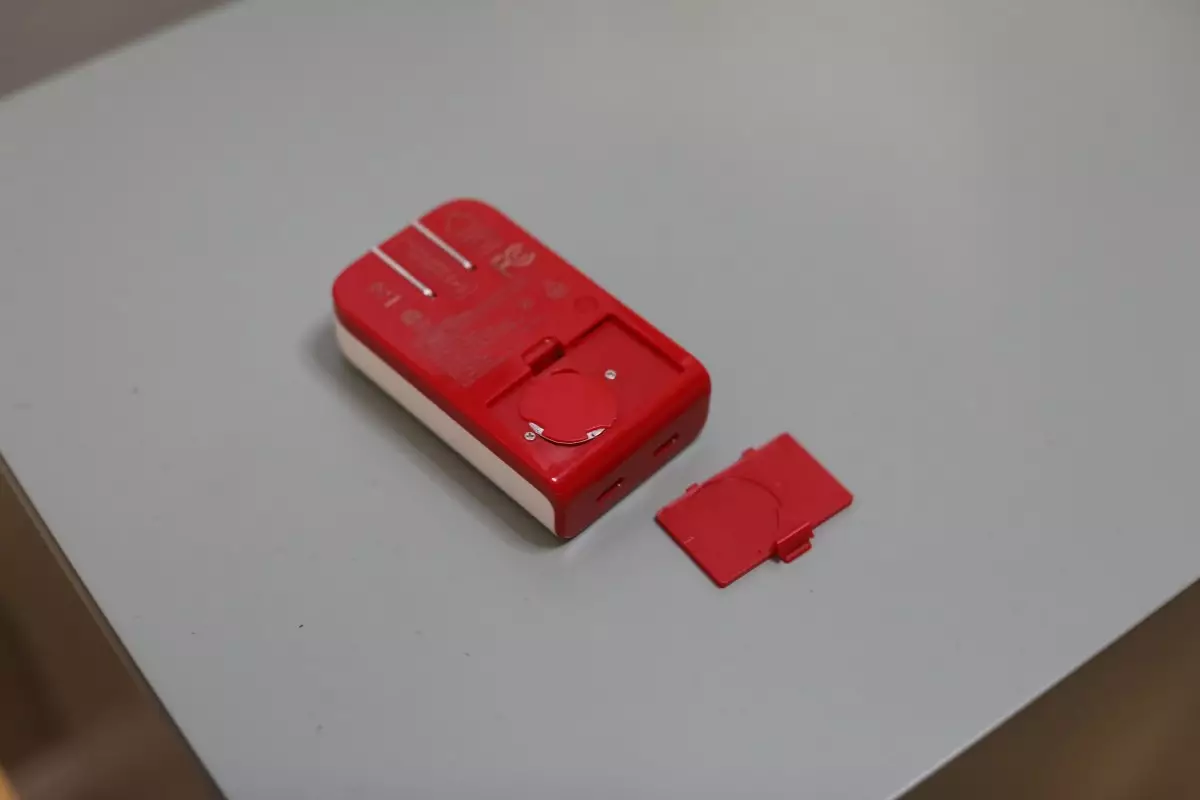The tech accessory market is often rife with innovations that are designed to simplify our lives, yet some products end up being more of a niche appeal than a universal blessing. Twelve South’s PlugBug with Find My is one such gadget that calls for a critical examination. Positioned as a wall adapter that integrates with Apple’s Find My technology, it aims to cater to a specific subset of consumers—those who frequently misplace their electronic accessories. While the concept behind the PlugBug is undeniably appealing and innovative, the execution raises several pertinent questions concerning price, practicality, and user experience.
At first glance, the PlugBug has a lot going for it. The integration of Find My functionality into a compact device solves a common problem for many tech users who often find themselves grappling with misplaced chargers and cables. However, this innovation comes with a significant cost. At $70 for the basic model and $120 for the larger multi-port variant, the price tag appears steep, especially when one considers the prices of standard USB-C chargers. For an accessory that is intended to simplify the user experience, the financial investment might deter potential buyers, especially those who can find functional alternatives at a fraction of the cost.
Furthermore, the bewildering practice of charging an additional $10 for “travel” versions that include international adapters could lead to consumer frustration. Customers investing in a new charging solution should not have to wrestle with upcharges on common features that ought to be included in the original offering. This leads us to question whether the financial barrier syncs well with the promise of convenience that the PlugBug is purported to deliver.
In an era where tech accessories are continually becoming more compact and efficient, the physical size of the PlugBug is another significant concern. Advertised as a “slim” option, the device’s dimensions feel counterintuitive compared to competing products. While the company claims it has distanced itself from earlier bulky iterations, the necessity of integrating a replaceable button battery for Find My functionality adds unwelcome bulk.
Notably, the power for Find My is isolated from the main charger, implying a more complex design that some might find cumbersome. The presence of a separate battery compartment on the back is not only an additional design element but also a potential inconvenience for any user who may forget to replace the battery after its expected one-year lifespan. Thus, while the company’s intention was to create a convenient product, the outcome is a device that could be easily seen as ‘strange’ or ‘quirky’—a sentiment echoed by many consumers.
A product’s usability encompasses not only its function but also the overall user experience. Once a user has navigated the initial setup—a surprisingly straightforward process of opening the battery compartment, pulling a tab, and pressing a button—PlugBug seamlessly integrates into Apple’s Find My app. At this point, the device enters its productivity mode, illuminating its usefulness for those who habitually misplace essential electronic items.
However, usability also hinges on emotional and psychological factors. For many, the anxiety of losing their belongings diminishes once a solution is in place, yet the high price may hinder potential users from purchasing this ingenious gadget. The effectiveness of the ‘beep’ features designed to help locate the PlugBug under piles of clothing may serve as a minor consolation, but the fundamental question remains: is the product worth the investment? For those who frequently lose their chargers, the answer might lean toward a ‘yes,’ but it also introduces a new barrier—does one buy the PlugBug, or simply focus on keeping track of their existing accessories?
The Twelve South PlugBug with Find My encapsulates a curious contradiction inherent within many modern tech accessories. It symbolizes innovation and clever design, but simultaneously exposes vulnerabilities in pricing strategy and physical design. Whether the PlugBug emerges as a practical solution to an age-old problem will largely depend on individual users’ habits and willingness to invest. While the aspiration for a seamlessly integrated gadget is admirable, one must ask if the resultant product lives up to the potential it sets out to achieve, or if it ultimately serves as a cautionary tale of over-engineering and overspending in an increasingly crowded accessory market.

